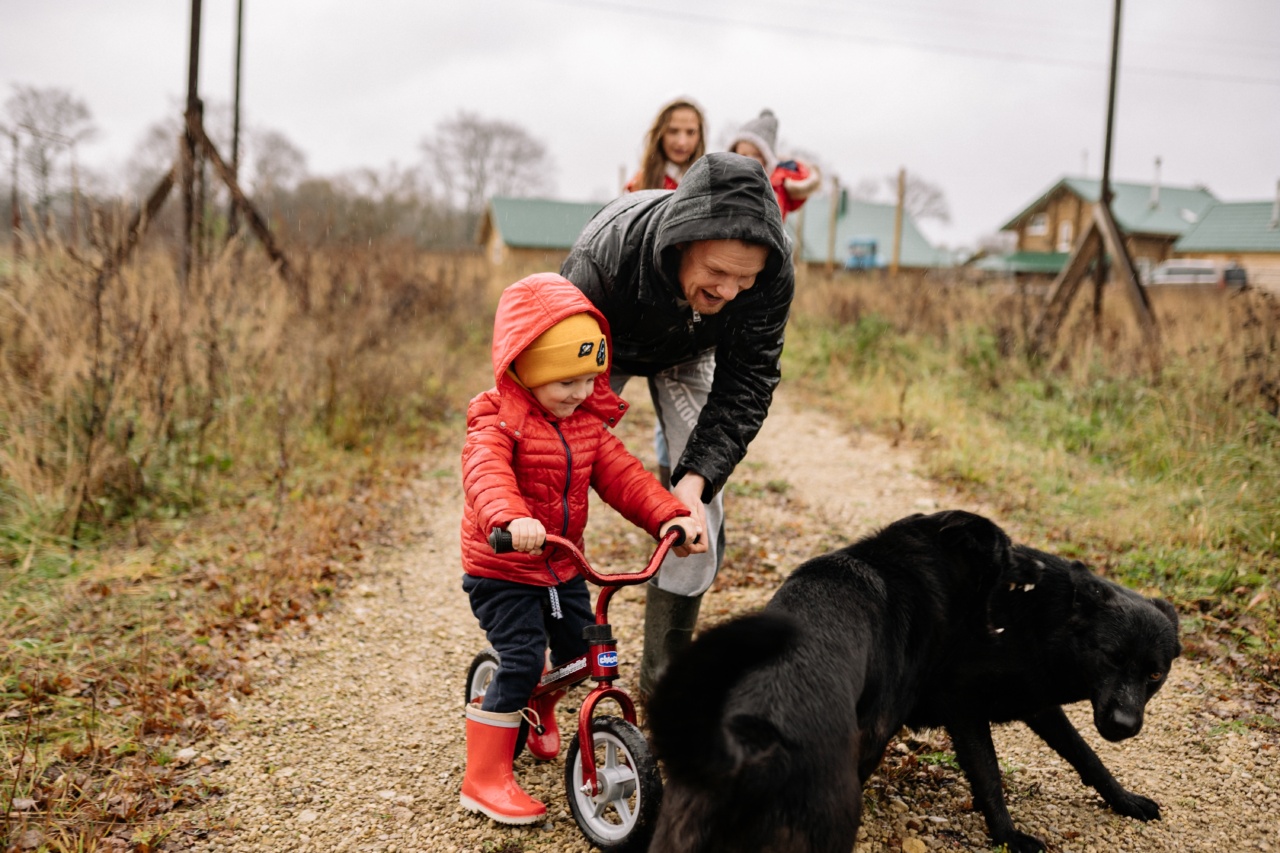For many people, dog riding is a fun and adventurous way to exercise and bond with their pets. However, like any activity involving animals, there are myths and false beliefs surrounding dog riding that can harm both the rider and the dog.
In this article, we will explore the most common dog riding myths and the realities behind them.
Myth #1: Any dog can be ridden
Reality: Not all dogs are suitable for dog riding. Dogs that are too small, too old, or too frail should not be ridden.
Equally, dogs with certain medical conditions, such as hip dysplasia or arthritis, should not be ridden as it may worsen their condition. It is crucial to consult with a veterinarian before embarking on dog riding to ensure your dog’s physical health is up to par and can handle the activity.
Myth #2: Dogs love being ridden
Reality: While some dogs may enjoy being ridden, not all dogs feel comfortable carrying the weight of a rider on their backs. It can be physically taxing for them, and some dogs may even feel anxious or stressed.
It is crucial to observe your dog’s body language and reactions when riding. If they seem uncomfortable or hesitant, it might be best to stop the activity or try a different form of exercise or bonding activity.
Myth #3: Dog riding is a low-impact activity
Reality: Despite common beliefs, dog riding is not a low-impact activity. It can be extremely physically demanding on both the dog and the rider.
The force of carrying a rider on their back can cause strain on a dog’s joints and muscles, leading to pain and discomfort. Similarly, riders must be aware of the impact they are exerting on their dog’s back and ensure they position themselves correctly.
It is crucial to build up gradually and understand the limits of yourself and your dog before undertaking long or intensive dog riding routines.
Myth #4: Any saddle will do for dog riding
Reality: Not all saddles are created equally. A poorly fitted saddle can cause discomfort, pain, and even physical damage to your dog’s back.
Saddles that do not fit properly or put pressure in the wrong places can cause injuries, such as pinched nerves or spine misalignment. To avoid problems, invest in a specialized saddle that fits your dog’s body shape and has padding in the right places.
Myth #5: Dog riding is a safe activity
Reality: Dog riding can be a dangerous activity for both the dog and the rider.
Accidents, such as falls, colliding with objects, or encountering other dogs or animals, can cause both minor and serious injuries, including spinal cord injuries, broken bones, and concussions. It is crucial to take safety precautions and wear proper safety gear, such as helmets and protective vests. Additionally, it is important to ensure that your dog is trained in dog riding and can follow commands and avoid dangerous situations.
Myth #6: You can ride your dog without training them
Reality: Dog riding is a trained skill that requires patience, dedication, and proper training. Dogs need to learn how to carry weight on their backs, understand commands and cues, and remain calm in various situations.
Proper training leads to a happier and healthier riding experience for both the dog and the rider. It is essential to seek out professional dog trainers and start training in controlled environments before taking your dog riding outdoors.
Myth #7: Dog riding is a substitute for walking and exercising your dog
Reality: While dog riding can be a fun bonding activity for you and your dog, it should not replace regular walking or exercising. Dogs need regular exercise to maintain good physical and mental health.
Walking and running with your dog is a great way to spend time together and provide necessary physical activity. Dog riding can be an additional activity to enjoy with your dog, but it should not replace your dog’s daily exercise routines.
Myth #8: Large dogs are the best for dog riding
Reality: While larger dogs may be stronger and able to carry more weight, they are not always the best choice for dog riding. Larger dogs are prone to suffering from joint problems and carrying extra weight on their backs can worsen these conditions.
Equally, smaller dogs are often more agile and easier to maneuver during riding activities. It’s important to consider alternative factors such as breed, age, and physical health when selecting a dog for riding.
Myth #9: You can ride multiple dogs at once
Reality: Dog riding should always be a one-dog activity. Attempting to ride multiple dogs at once can increase the risk of accidents, as dogs can become easily distracted and may collide during the activity.
It is best to focus on one dog at a time and ensure they feel safe and comfortable throughout the activity.
Myth #10: Anyone can ride a dog
Reality: Dog riding requires specialized skills and knowledge that not everyone possesses. Veterinarians, dog trainers, and other professionals have the experience and knowledge to ensure dog riding is safe and enjoyable for both the dog and the rider.
It is crucial to seek out professional help and not attempt dog riding without proper training and guidance.





























